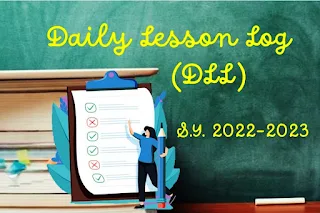How
Improve Students Communication Skills
(lenzchiofficial.blogspot.com)
Communication skills are vital for success in both personal and professional life. It involves the ability to effectively convey thoughts, ideas, and opinions and to listen and understand others. In today's fast-paced and highly connected world, strong communication skills are more important than ever.
They are the foundation for building
relationships, expressing ideas, and achieving goals. Improving communication
skills in students is essential for their future success and can be achieved
through various methods.
As a teacher or educator, it is your responsibility
to help students develop and improve their communication skills. There are
several strategies you can use to achieve this goal.
- Encourage active listening:
One of the key components of effective communication is the ability to
listen attentively. Encourage students to practice active listening by
making eye contact, paying attention to body language, and asking
questions. You can also encourage them to summarize what they have heard
and to reflect on their listening skills.
- Promote clear and concise
speaking: Effective communication also requires clear and concise
speaking. Encourage students to use simple language, avoid filler words,
and organize their thoughts before speaking. You can also model clear and
concise speaking in your interactions with students.
- Provide opportunities for
public speaking: Public speaking is an important aspect of effective
communication and can be a source of anxiety for many students. Provide
opportunities for students to practice their public speaking skills in a
supportive and encouraging environment. This could include class
presentations, debates, or speeches.
- Foster teamwork and
collaboration: Communication skills are not just about speaking and
listening, but also about working effectively with others. Encourage
teamwork and collaboration through group projects, discussions, and group
activities. These activities will help students develop their ability to
listen to and work with others.
- Use technology to enhance
communication skills: Technology has transformed the way we communicate,
and it can also be a valuable tool in the classroom. Incorporate
technology into your lessons to help students develop their communication
skills, such as online discussions, video conferencing, and digital
presentations.
In conclusion, improving communication skills in
students is an important goal for educators. By encouraging active listening,
promoting clear and concise speaking, providing opportunities for public
speaking, fostering teamwork and collaboration, and using technology to enhance
communication skills, you can help students develop the communication skills
they need for success in their personal and professional lives.














